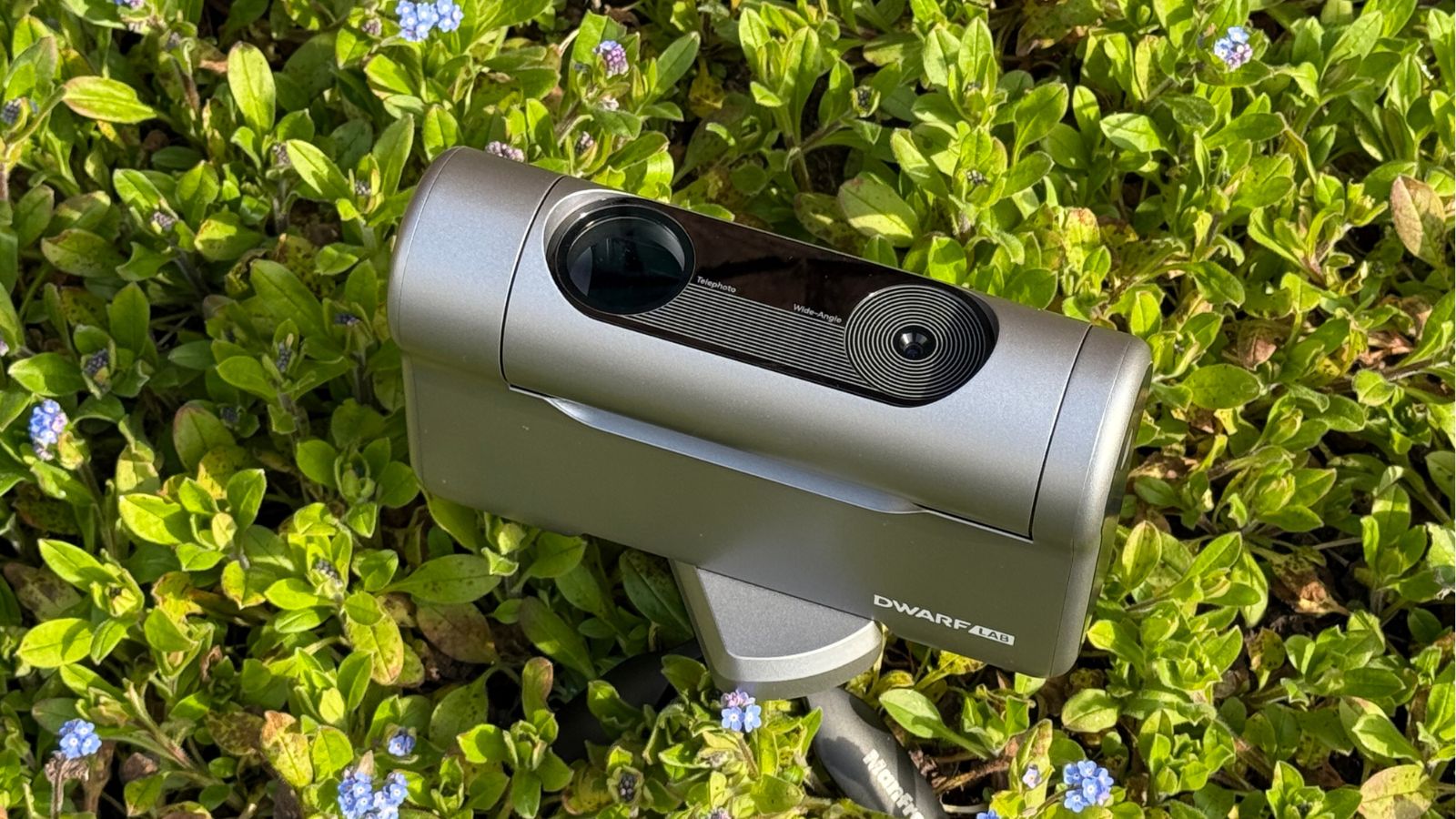Active
The latest Active breaking news, comment, reviews and features from the experts at T3
Explore Active
-
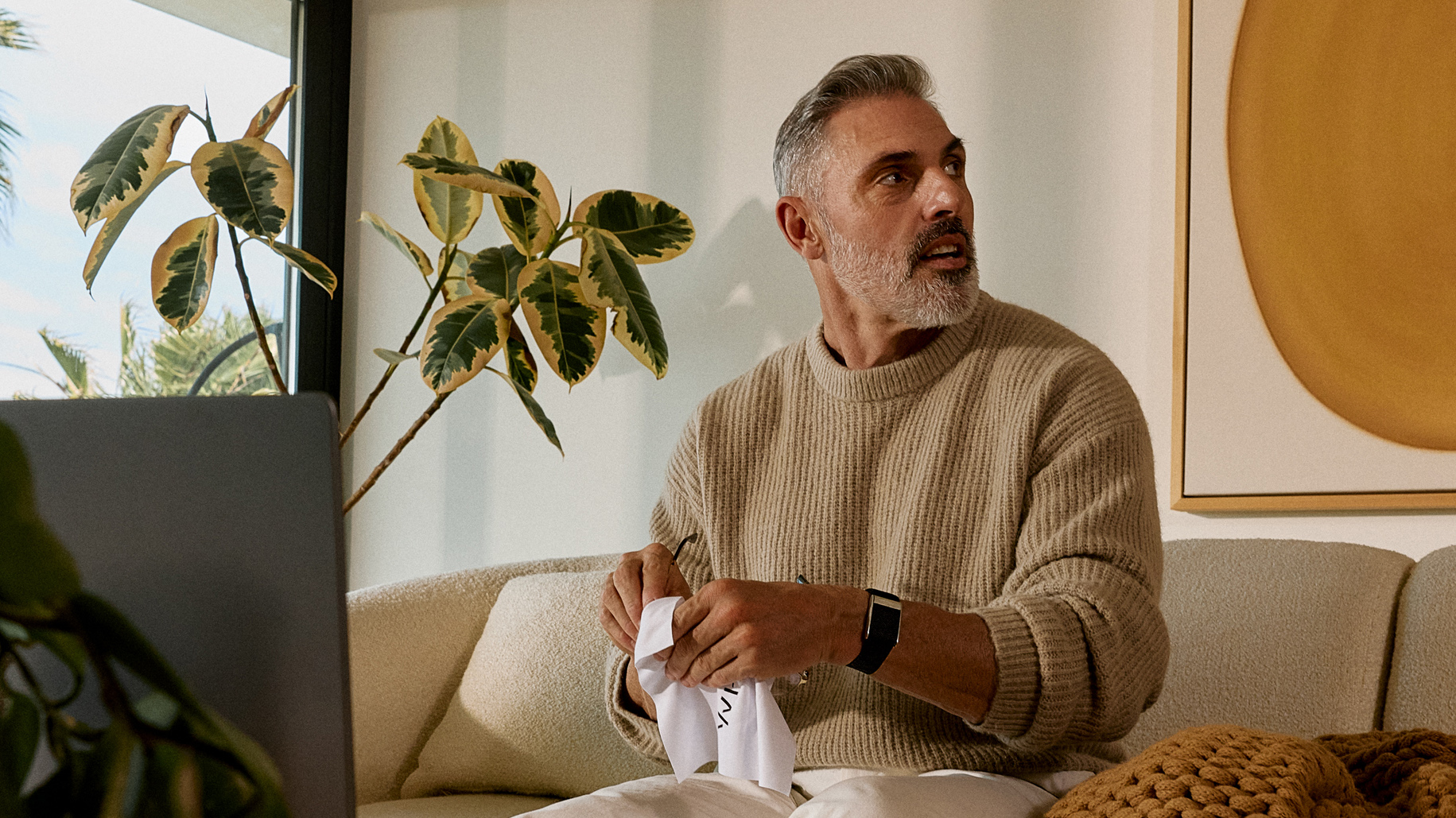
Whoop 5.0 wants to tell you your true age (and how to reverse it)
The brand's new wearables introduce 'Pace of Ageing' score, among other features
By Matt Kollat Published
-

Did WHOOP just win the wearable subscription game?
New plans, free upgrades, and an eco-friendly way to gift your old band
By Matt Kollat Published
-

Why Ultrahuman’s U.S. factory expansion could change the smart ring race
A Texas factory, 500K smart rings annually, and a tariff-proof strategy
By Matt Kollat Published
-

5 exercise swaps you should make for more muscle growth
These smart swaps from an exercise scientist could just be what you need to up your gains
By Bryony Firth-Bernard Published
-
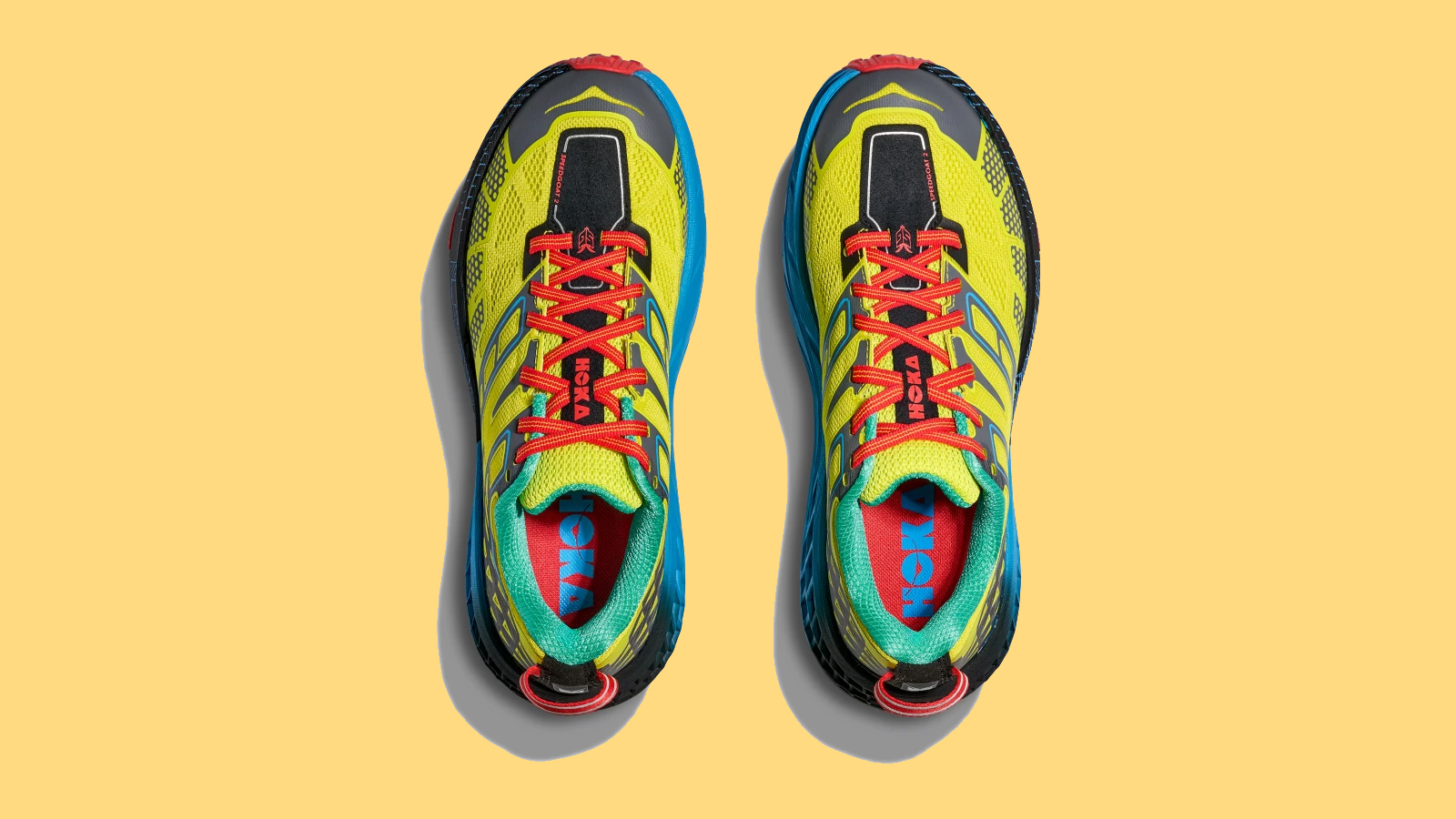
Hoka just brought back a cult-classic trail shoe, but not for the reason you think
The Speedgoat 2 returns with its OG silhouette and retro vibes intact
By Matt Kollat Published
-

How to pick the best sports supplements for peak performance
Whether you're looking to build muscle or boost your recovery, an expert reveals how to pick the right supplements for your goals
By Bryony Firth-Bernard Published
-

5 common hiking injuries (and how to prevent them)
Because nothing quite spoils a hike like a blister or sprained ankle
By Bryony Firth-Bernard Published
-
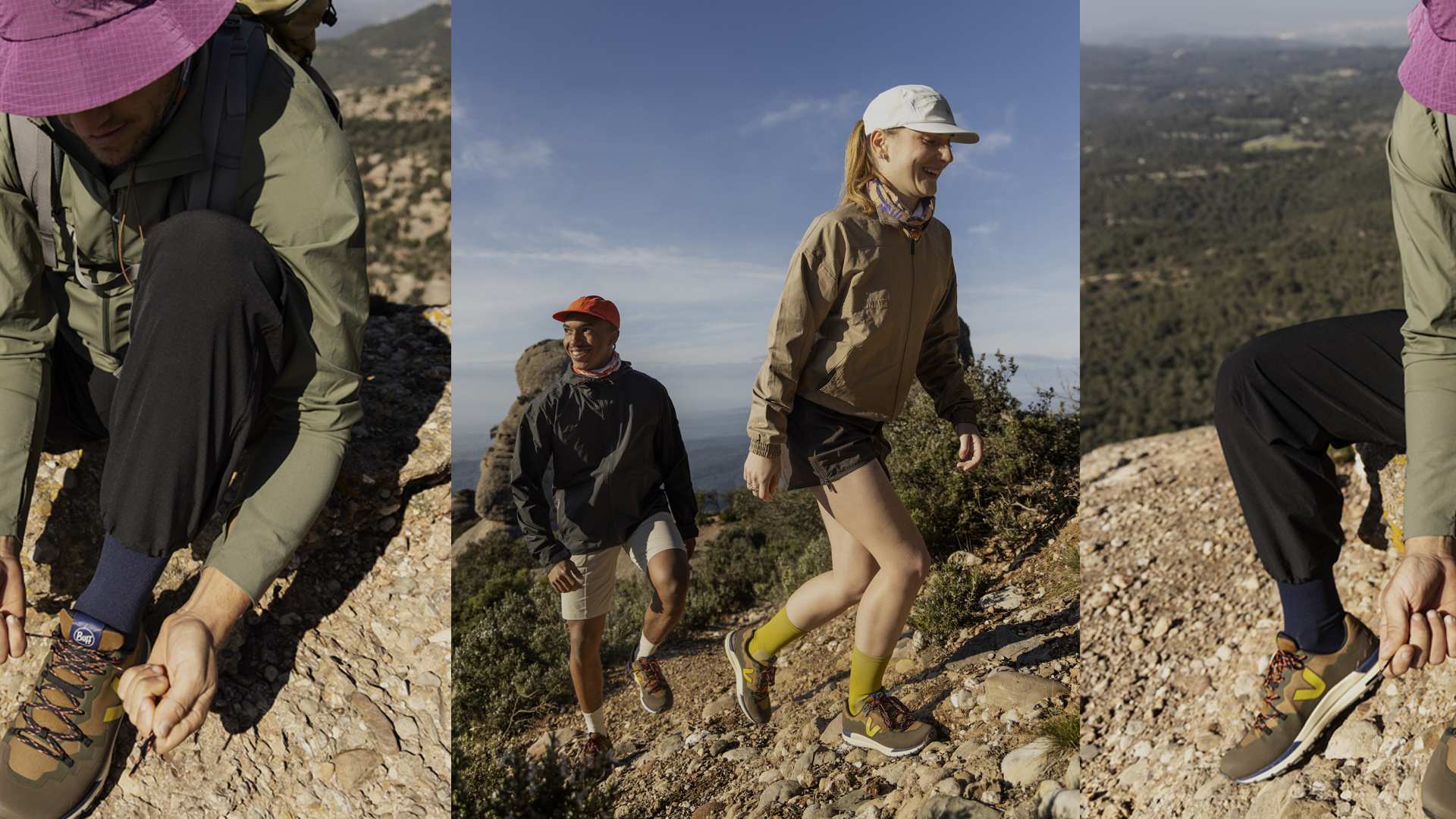
VEJA just turned its toughest trail shoe into a style statement with a little help from BUFF
The BUFF x VEJA Fitz Roy is a bold, eco-conscious hiking shoe built for real adventures
By Matt Kollat Published
-
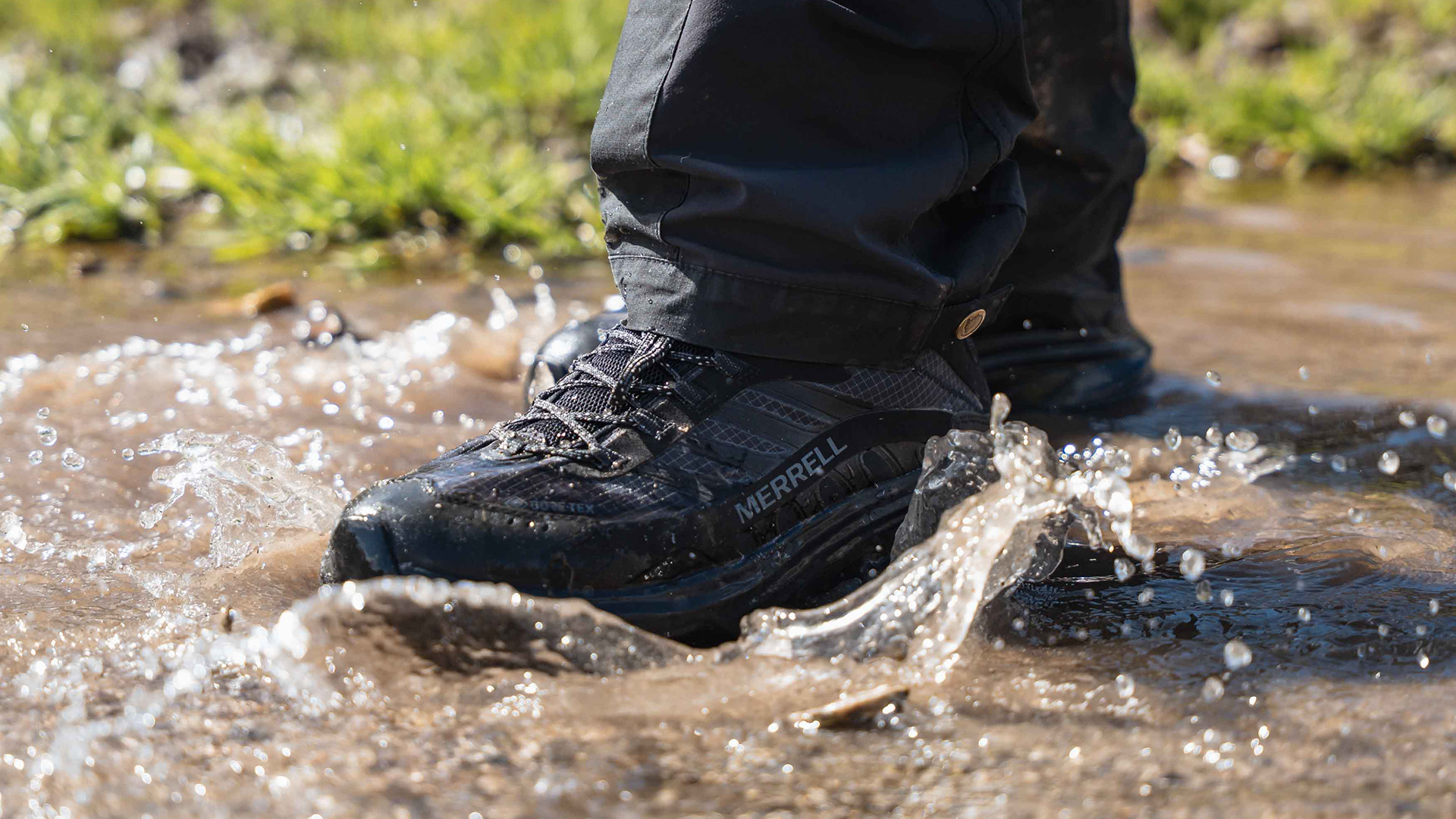
I used to hate mid-height boots, but the Merrell Moab Speed 2 Mid changed my mind
A lightweight, cushioned hybrid that finally gives this in-between style a purpose
By Matt Buckley Published
-

As an outdoor writer, these are the 3 apps I can’t live without
Download these for your next outdoor adventure
By Bryony Firth-Bernard Published
-
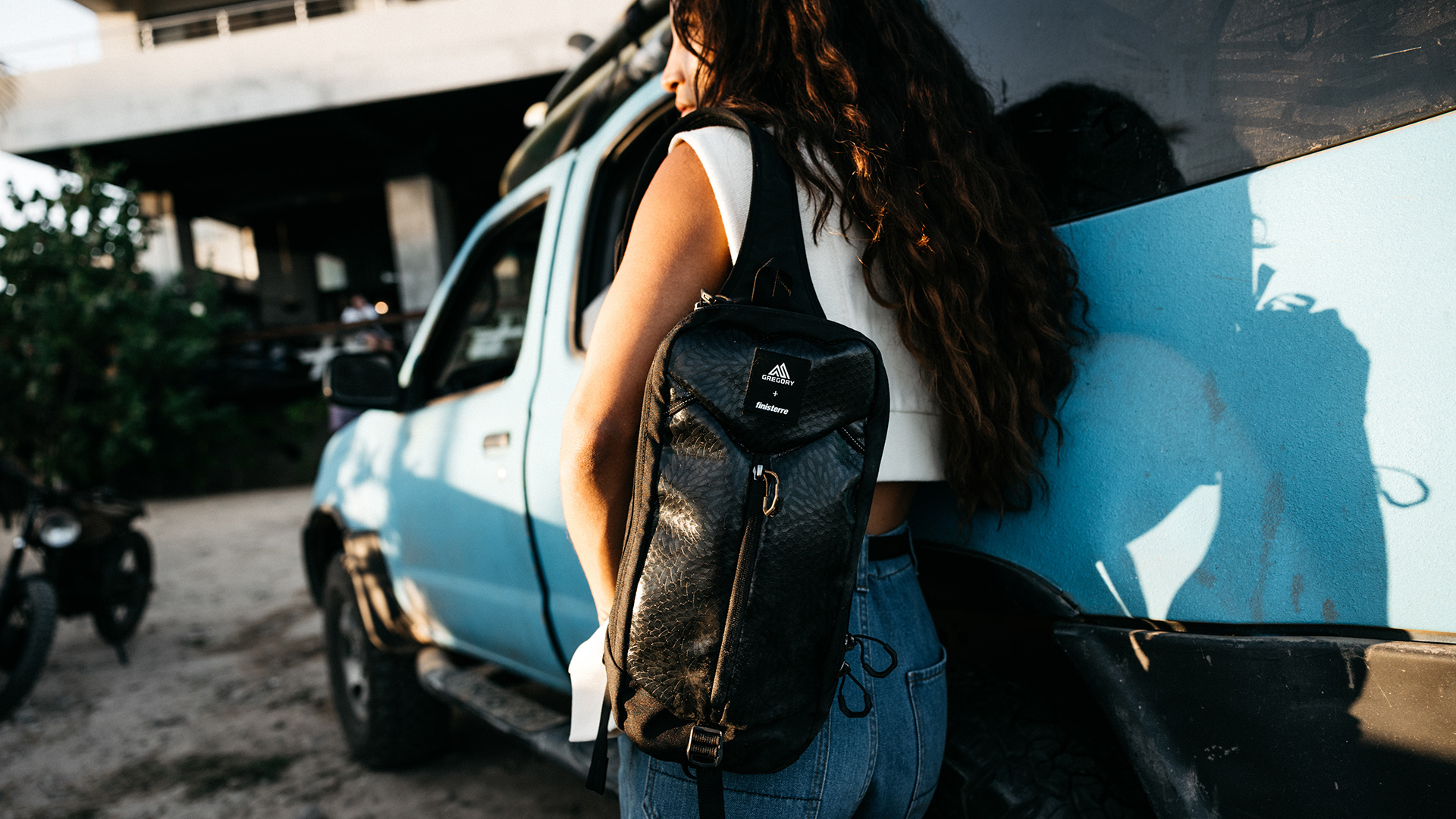
These minimalist everyday bags are hiding serious outdoor design credentials
Built for beaches, airports and backroads, this rugged new capsule is far more technical than it looks
By Matt Kollat Published
-
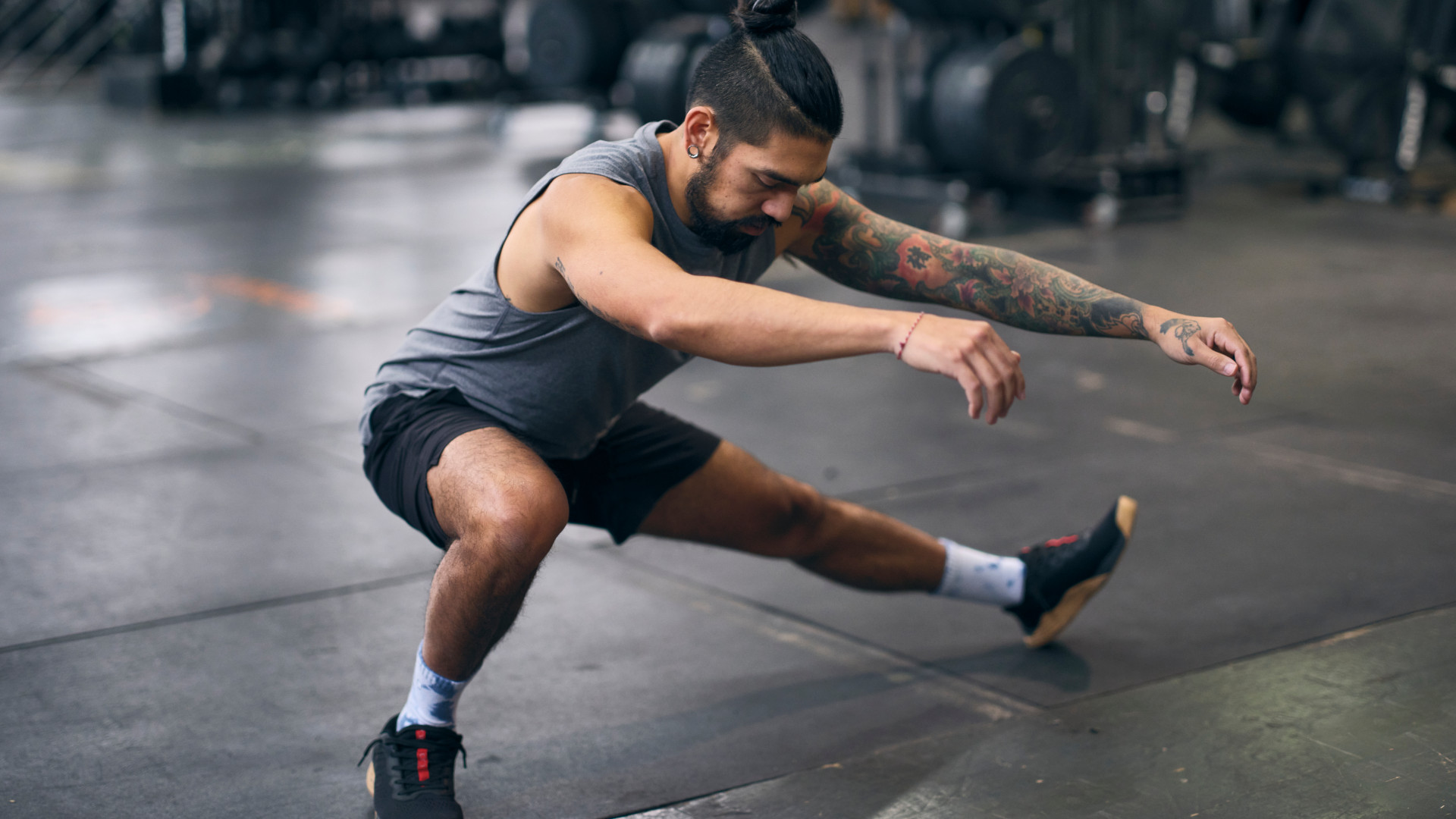
Loosen stiff hips in five minutes with these three bodyweight exercises
Better hip mobility equals better movement quality
By Bryony Firth-Bernard Published
-
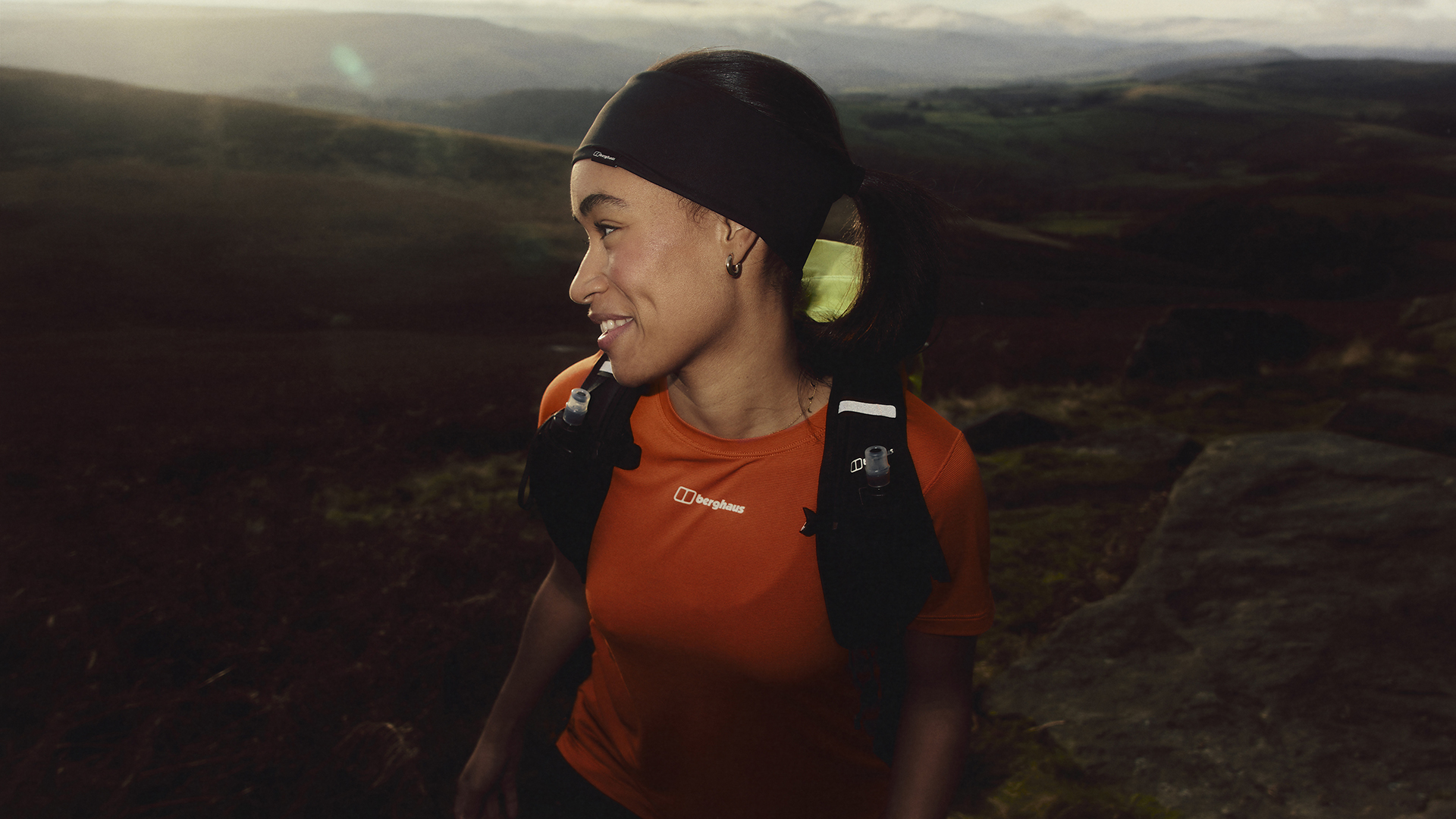
11 clever hiking upgrades you didn’t know you needed in 2025
From shandals to packable fleeces, here are the most essential hiking and walking upgrades for this year
By Matt Kollat Published
-

Sumo deadlift vs conventional: which is better?
We get into the nitty gritty of each lift to find out which variation you should be doing
By Bryony Firth-Bernard Published
-
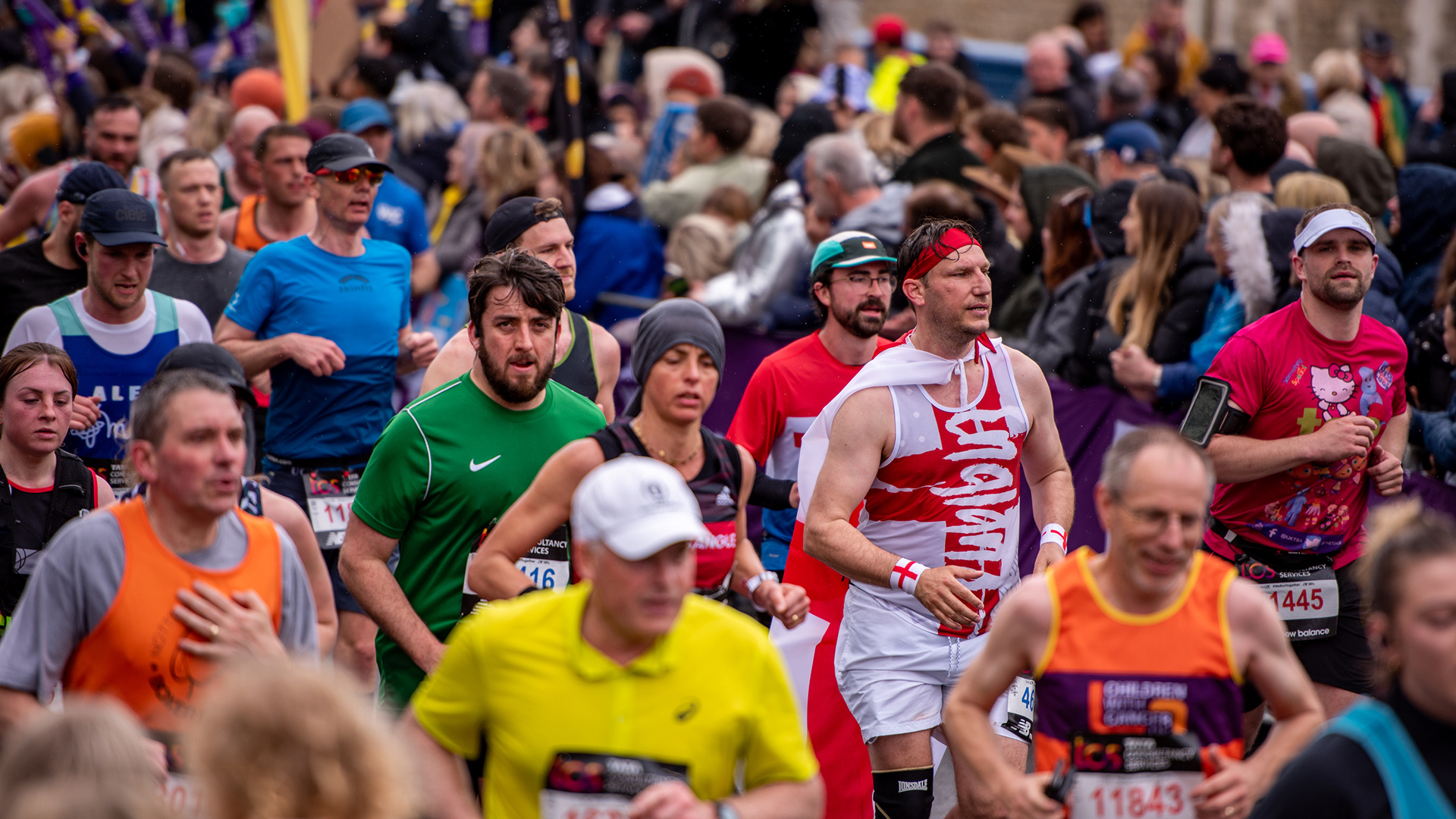
This year's London Marathon finishers were way slower than last year – Strava data reveals 6 possible reasons
It’s official: runners at the 2025 London Marathon were slower than last year, and not just by a little
By Matt Kollat Published
-
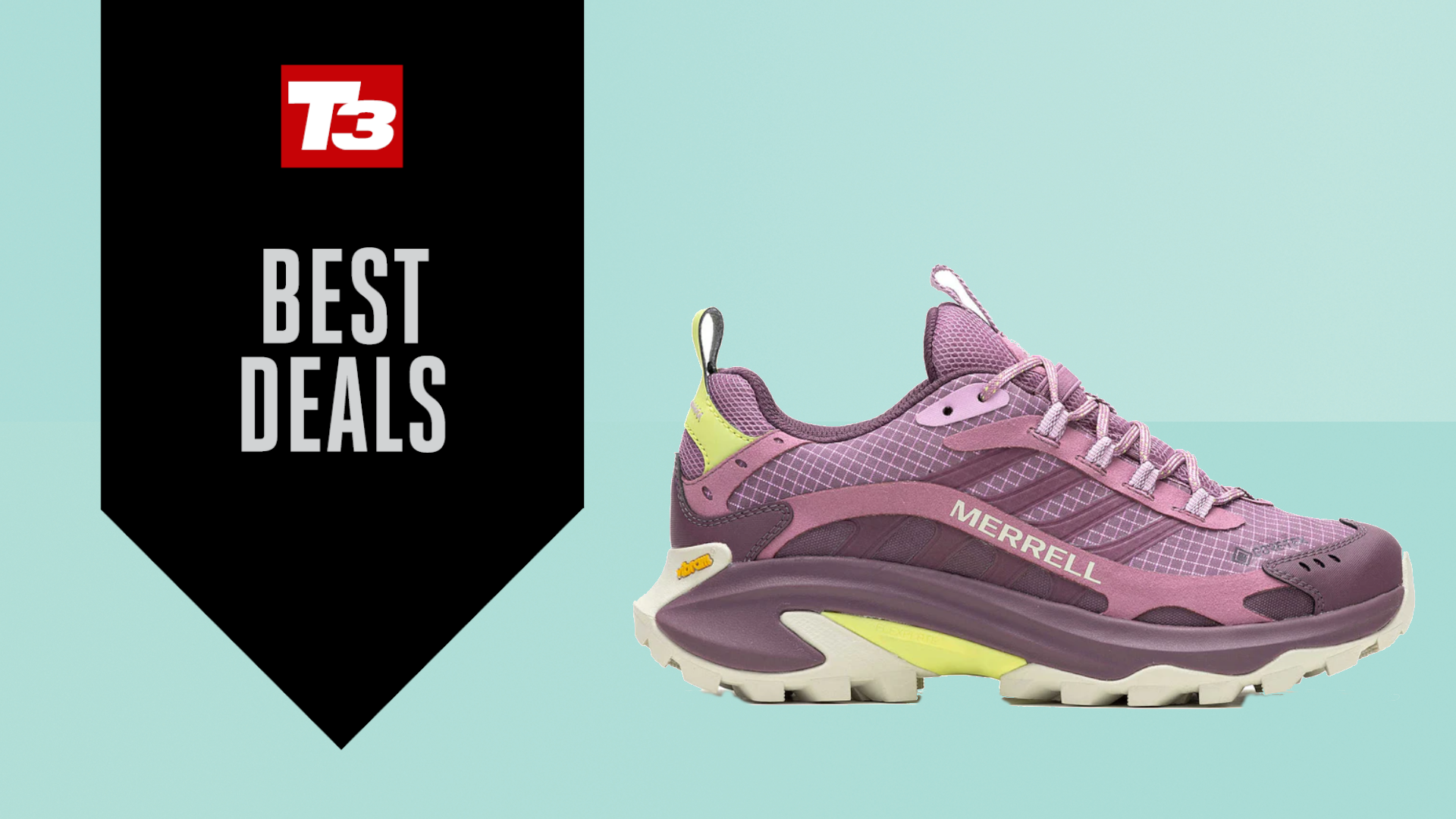
Merrell's best-selling hiking shoes are less than £100 – grab them while you can!
Merrell’s Moab Speed 2 are supportive, incredibly lightweight and look great too
By Bryony Firth-Bernard Published
-

I hope Garmin's latest surprise feature won’t stay exclusive to just the Instinct 3 Tactical Edition
I’ve been waiting for a rucking mode for ages, but I want it on my Forerunner 965
By Matt Kollat Published
-
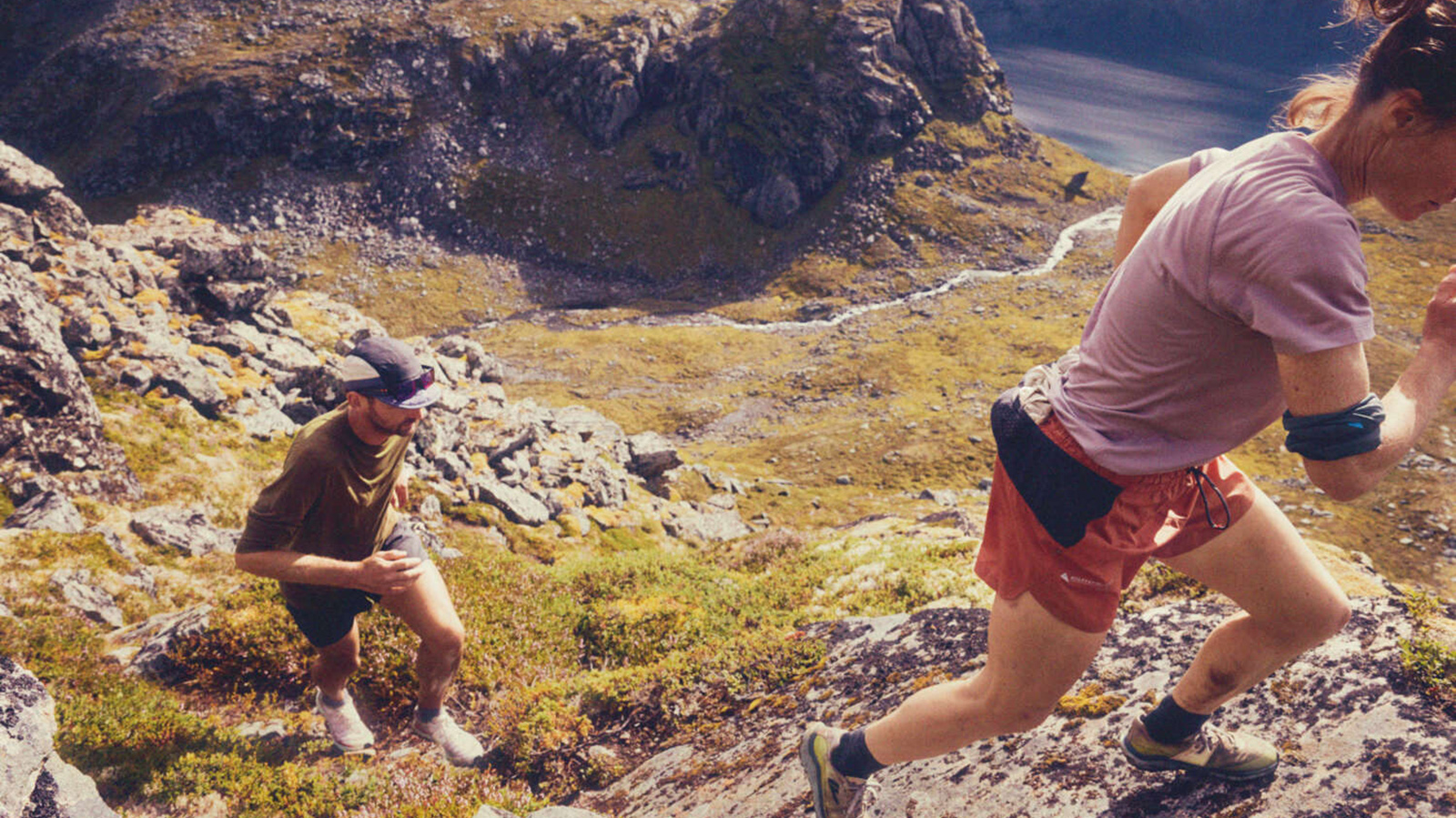
This hidden gem Swedish brand's trail running kit blends high-altitude tech with mountain-ready minimalism
With mountaineering DNA and next-gen materials, this kit isn’t messing around
By Matt Kollat Published
-

Including this type of exercise in my workouts dramatically improved my core strength
I could lift more on my deadlifts and front squats too
By Bryony Firth-Bernard Published
-

Is ASICS about to dethrone Adidas with its lightest race shoe yet?
The Metaspeed Ray weighs next to nothing, costs far less than the Evo 2, and could be ASICS’ smartest move yet
By Matt Kollat Published
-
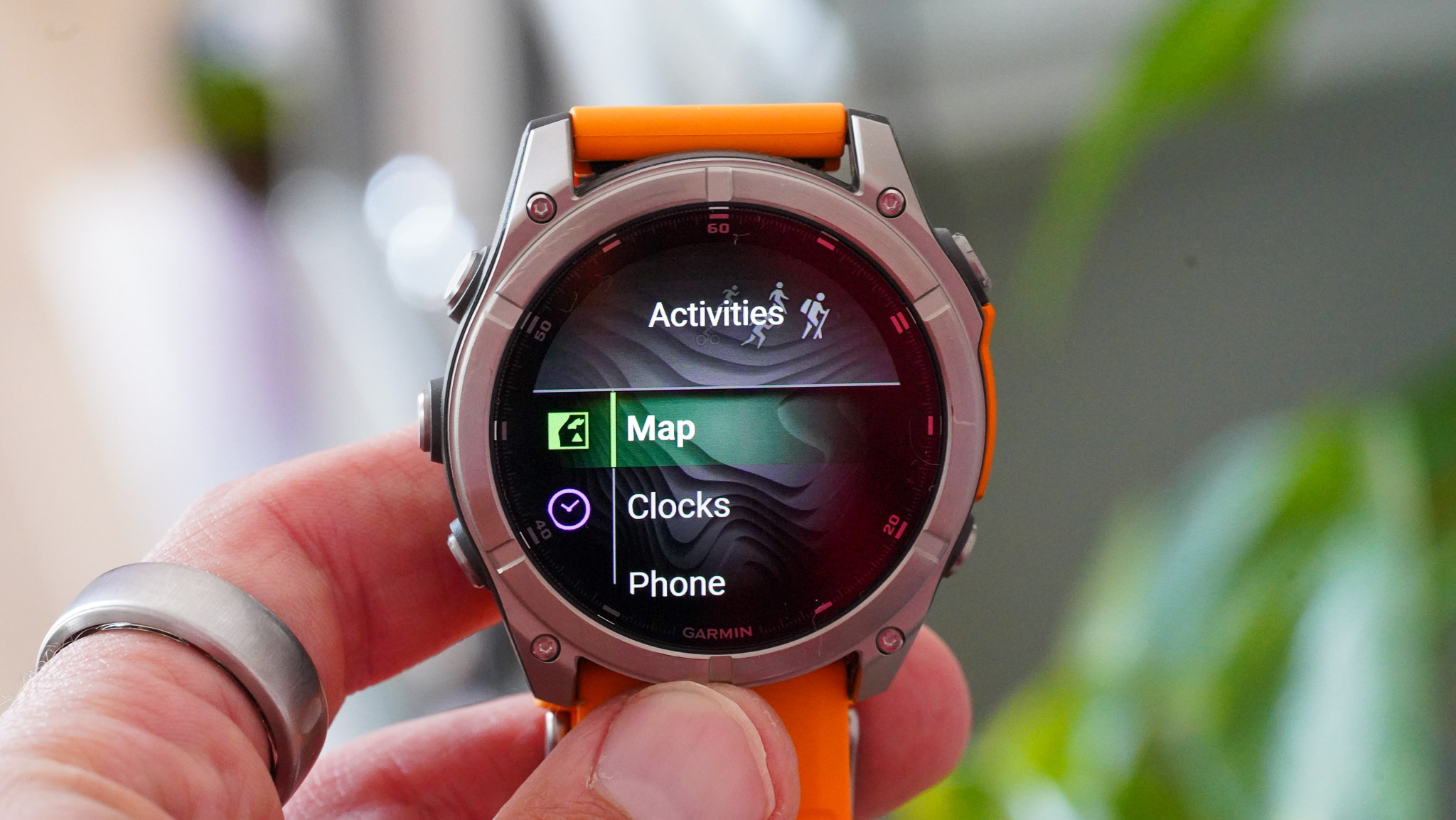
The case against LTE on the Garmin Fenix 8
Cellular freedom? Not quite.
By Matt Kollat Published
-
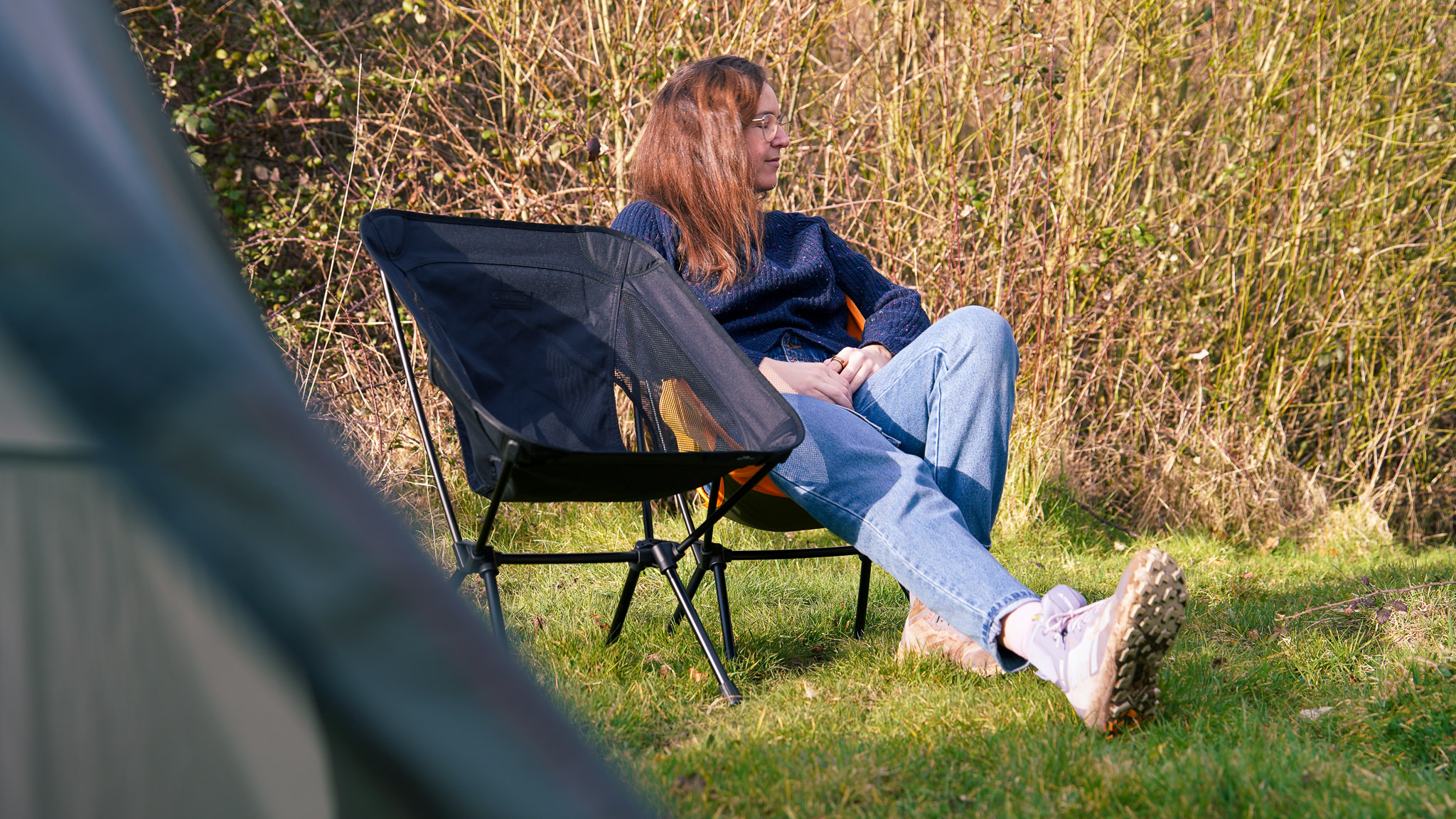
Helinox Chair One (re) review: A portable throne fit for eco-minded campers
Proof that lightweight and luxury can go hand in hand (or cheek to cheek)
By Matt Kollat Published
-

I competed in Hyrox, and here's one myth that needs to die immediately
Think you need to be super strong to do a Hyrox? Think again.
By Bryony Firth-Bernard Published
-

This calisthenics beginner workout builds full-body functional strength
Looking to build strength with minimal to no equipment? This workout has got you covered
By Bryony Firth-Bernard Published
-

YETI’s latest colourway might just be the hottest thing this summer
The new Gold Coast drop is pure sunshine in gear form
By Matt Kollat Published
-

T3 Travel and Outdoor Month 2025: explore more, adventure further
Expert tips and reviews from T3's dedicated team of travellers and outdoor enthusiasts
By Matt Kollat Published
-
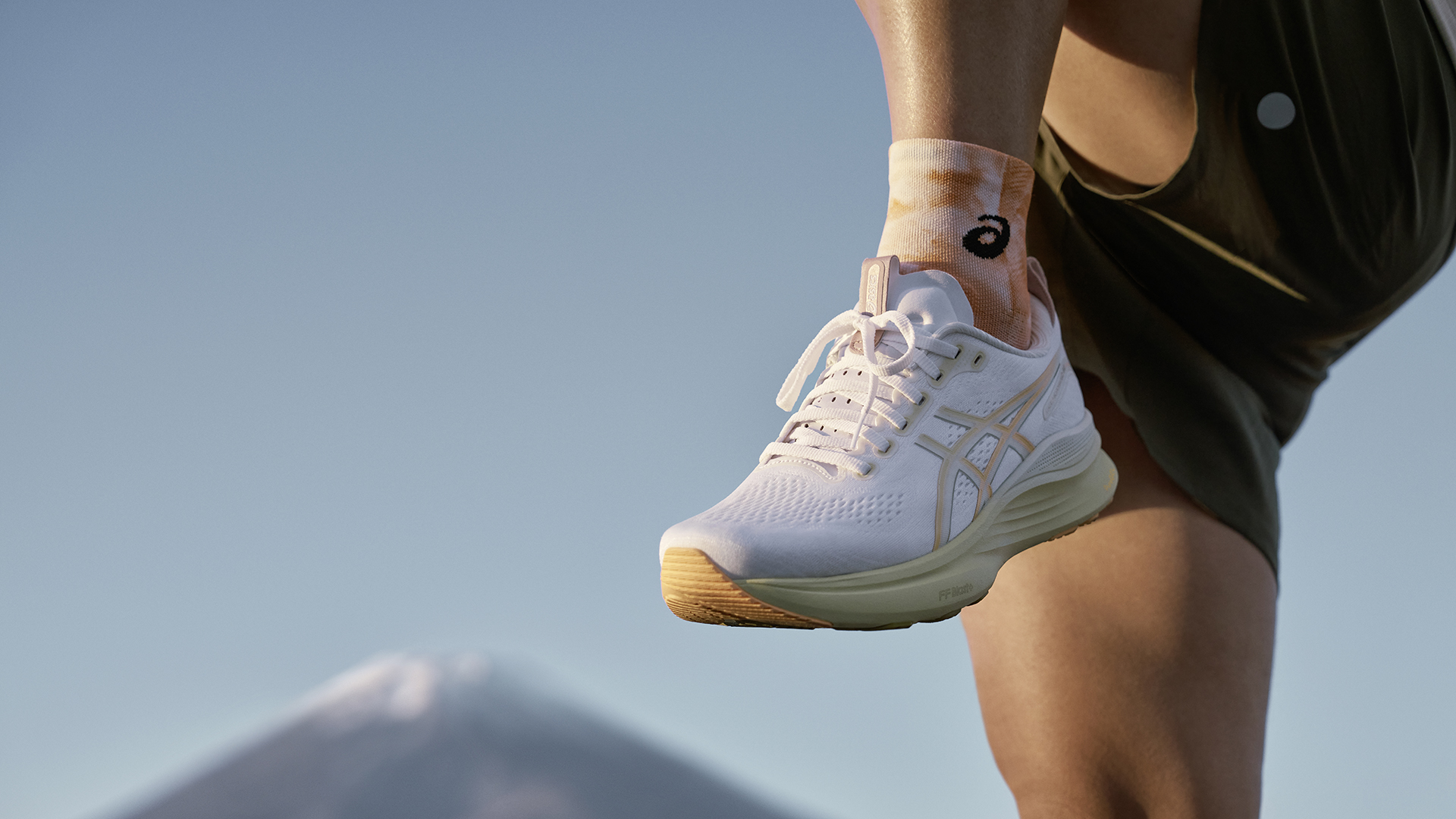
Asics goes all-in on comfort with the redesigned Gel-Kayano 32
The stability shoes take Asics’ softest gel and add more foam for a smoother run
By Matt Kollat Published
-
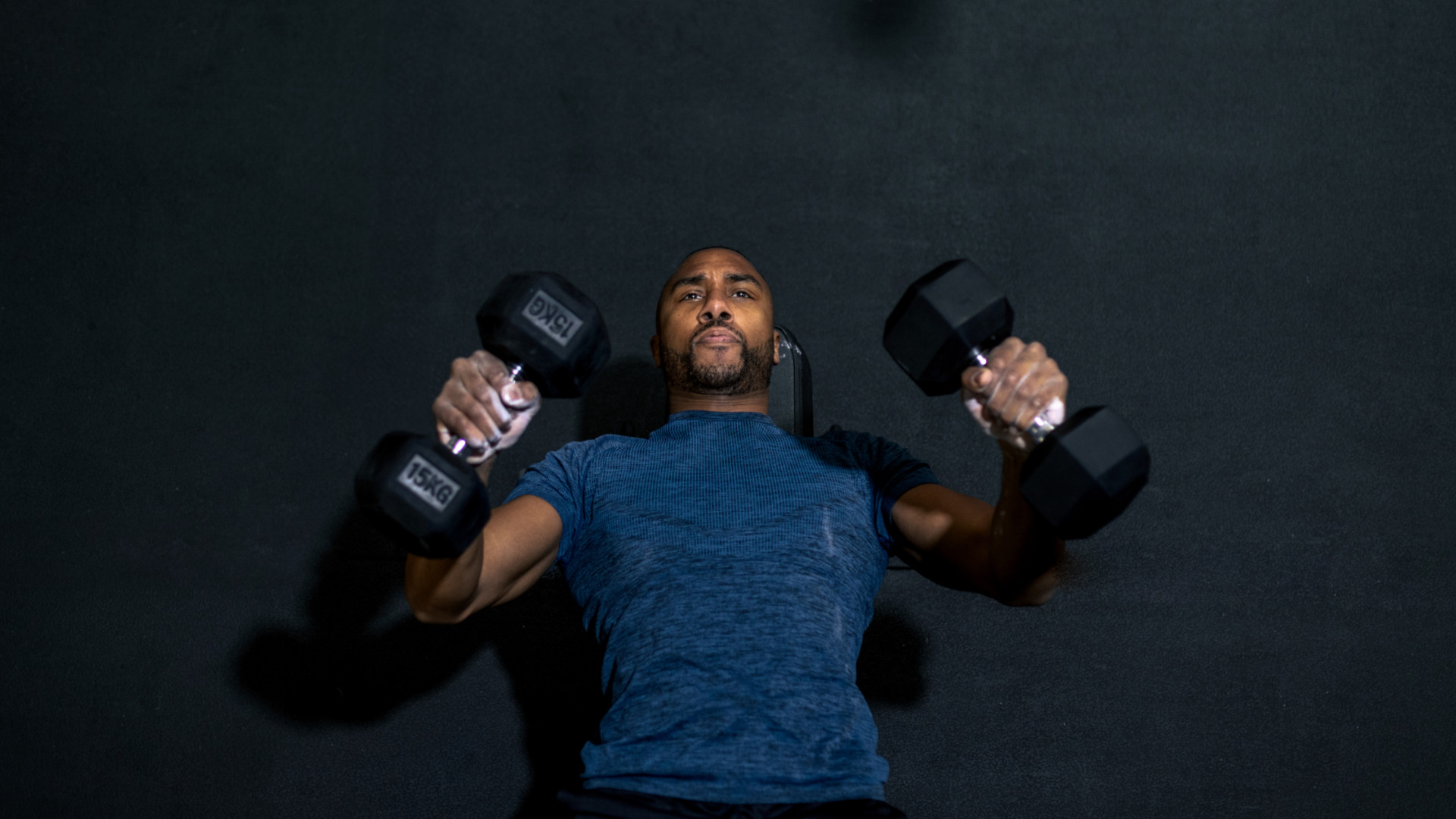
Two dumbbells and this four-move wrist-friendly workout for upper body muscle
Say bye-bye to wrist pain and hello gains with these smart exercise swaps
By Bryony Firth-Bernard Published
-

Best yoga mat 2025: outstanding mats for grip, comfort, style and versatility
Find the best yoga mats on the market for your yoga or Pilates practice, including rubber, PVC, cork and sustainable options
By Bethan Girdler-Maslen Last updated
